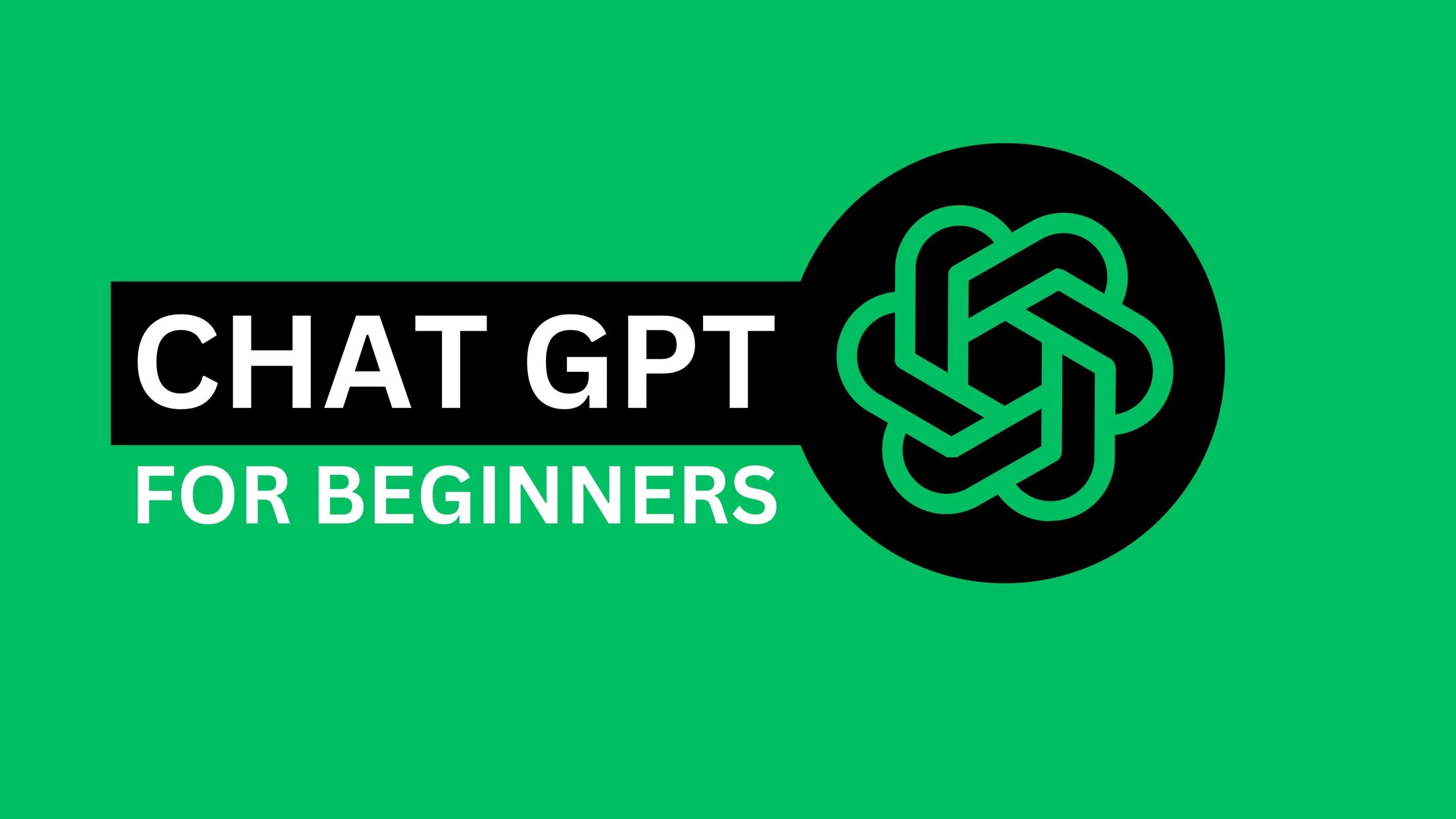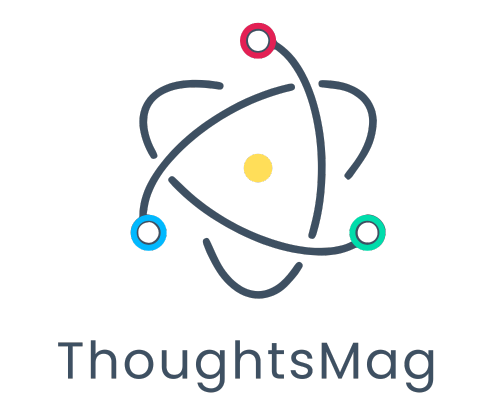Understanding ChatGPT: A Comprehensive Guide

Introduction to ChatGPT
ChatGPT, made by OpenAI, is a sophisticated language model that employs the GPT (Generative Pre-trained Transformer) architecture. As a result, the system can understand and generate text in human-like ways making it useful for many different applications like customer service or content generation.
What Is ChatGPT?
ChatGPT is an AI model which receives inputs and processes text based on them. As per the transformer architecture especially, the deep learning approach, it is contextually aware and coherent in its responses. It was improved even further with the latest version – GPT-4 thereby making interactions more natural and intuitive.
OpenAI’s chatbot called ChatGPT is an AI-enabled computer program which uses NLP to have human-like conversations with users. It can answer questions, write articles of various niches as well as code papers and essays to mention just but a few examples. The essential idea behind generative AI like ChatGPT is that responds to user input with text, images or videos.
Uses of Natural Language Processing (NLP)
In various fields such as:
– Automated customer support
– Language Translation
– Sentiment analysis
– Content creation
– Speech recognition
– Text summarization
How Does ChatGPT Work
Unlike other models of machine learning, ChatGPT runs on a Generative Pretrained Transformer (GPT) where “Transform” refers to this specific method of training: memorizing many patterns from large data volumes on how they correspond to one another so that after practising them giving more coherent answers than any other framework would provide.” Through reinforcement learning from human feedback, it has been refined by this mechanism known as reinforcement learning from human feedback where trainers rank results allowing for improvement with time.
At first, the driving force behind ChatGPT was the GPT-3 model which is a huge language model developed using a wide range of internet texts. However, the primary models used now are GPT-3.5 and GPT-4 for ChatGPT Plus users, who get faster responses with more complexity including image descriptions and longer text inputs.
The Transformer Architecture
Transformers have self-attention mechanisms that determine weights for each word in a sentence. Therefore, the system shall be able to generate an appropriate response given the context.
Training Process
ChatGPT undergoes two-step training:
Pre-training: The model is trained on a diverse dataset from the internet, learning grammar, facts, and some reasoning abilities.
Fine-tuning: The model is further trained on a narrower dataset with human reviewers following specific guidelines to improve performance on particular tasks.
Development and Release
In November 2022, OpenAI an AI research company established by Elon Musk, and Sam Altman among others launched ChatGPT. Microsoft has also joined as a major investor in OpenAI. Another example of what they came up with is DALL-E; this AI tool uses texts to create pieces of art.
Applications of ChatGPT
It can be applied across many contexts such as;
– Writing and debugging code
– Composing music
– Drafting emails and summarizing texts
– Creating social media content and article titles
– Solving math problems
– Conducting market research
– Writing resumes and cover letters
– Providing educational assistance
Benefits of ChatGPT
Some benefits associated with chatgpt include;
Efficiency: Automates repetitive tasks thus freeing up humans’ time.
Cost Savings: Decreases additional hiring requirements.
Content Quality: Improves writing quality standards.
Education & Training: Creates virtual tutors that can teach complex concepts easily
DYNAMISM.1- Reaction Time: Delivers immediate response, reducing waiting time.
Availability: Provides customer support that is available 24 hours a day, seven days a week.
Multilingual Support: Can converse in many languages at once.
Personalization: Responds to users according to their tastes and preferences.
Scalability: Handles multiple interactions simultaneously.
Shortcomings of ChatGPT
However, there are limitations as follows:
Understanding Complexity: However, it struggles with nuanced language and context sometimes.
Knowledge Cutoff: It has not learned anything after 2021.
Naturalness: Some emitted responses may appear robotic in origin.
Source Citation: Usually it does not provide sources for the information it gives out.
Sarcasm and Irony. These language nuances are hard to understand and get them well – sarcasm and irony.
Focus: Sometimes, if the context for follow-up questions is insufficiently clear, this system may not adapt better to them than one could hope.
In different sectors, ChatGPT improves productivity by automating repetitive tasks and providing intelligent assistance. Similarly, it helps professionals concentrate on more strategic and creative tasks hence promoting innovation.
Technology and it’s Impacts
ChatGPT is a major milestone in AI research, extending the limits of what language models can do. This means that its development fosters further studies as well as enhancements in AI developments.
Ethical Aspects and Difficulties
Partiality and Impartiality
Just like any other AI system, ChatGPT may inadvertently entrench biases inherent to its training data. Ensuring fairness and mitigating bias is a challenge that persistently requires the continuous monitoring and updating of the model.
Privacy Matters
Data privacy issues are raised by ChatGPT’s ability to process and generate huge volumes of text. Therefore, strong data handling practices and strategies for securing user information must be implemented.
Misuse as well as Disinformation
ChatGPT’s powerful text generation capabilities can be misused to create false content or spam. Such technology needs ethical guidelines for its use to prevent misuse from developing.
Uses of ChatGPT
Customer Services and Support
ChatGPT significantly improves customer service through instant accurate responses to customer questions. Additionally, it simultaneously handles a large number of queries thereby reducing wait times and enhancing overall client satisfaction. Businesses can have ChatGPT as part of their customer support system dealing with common issues while humans attend to complex tasks.
Content Generation
In the content creation industry, chat GPT is an important generator of highly-valued written materials. When drafting articles, writing marketing copies or even making scripts; chat GPT will provide texts that resonate with target users. Content generation speed ensures a smooth workflow which enables both writers and marketers to focus on other essential tasks.
Virtual Assistance
Virtual assistants run by ChatGPT offer users an uninterrupted interactive experience. Scheduling appointments or giving personal suggestions among others are some things that can be done by ChatGPT thus replacing human assistants in many areas. This integration boosts productivity while offering round-the-clock assistance to consumers.
Educational Tools
ChatGPT serves as an additional tool for students as well as teachers in the education system. It can help one respond to questions asked, and give explanations needed besides generating practice problems. This helps learners grasp difficult concepts better and improve their academic results.
Potential Challenges and Ethical Considerations
However, there are also challenges and ethical concerns associated with the use of ChatGPT. Therefore, addressing these issues is essential for the responsible application of AI technologies.
Bias and Fairness
AI models such as ChatGPT can perpetuate biases in training data inadvertently. Continuous monitoring and upgrading of the model to ensure fairness and reduce bias are prerequisites for developers. Strategies must be developed by the developers to identify biased outputs and make necessary rectifications to maintain fair AI interactions.
Privacy & Security
Data privacy has become a major issue due to the ability of ChatGPT to process large amounts of data from users. An organization needs to put mechanisms that safeguard user information through strong data protection procedures. Building trust among users or ensuring ethical use of AI would require transparent data practices.
Dependency as well as Over-Reliance
There’s a danger of people becoming overly dependent on these systems as AI technology further permeates our daily lives. A balanced approach combining human judgment and an element of assistance from AI should be encouraged to prevent over-dependency on artificial intelligence in decision-making processes. Users need to question and verify when necessary some outputs given by this tool.
The Advantages of Using ChatGPT
Enhanced Efficiency
ChatGPT aims at reducing repetitive tasks which consume much time so that employees can focus on more intricate and strategic operations thereby increasing efficiency.
Exceptional Customer Experience
ChatGPT enhances customer satisfaction by providing quick and accurate responses. As such, it becomes a valuable tool in customer service because it can quickly understand what customers want within no time at all.
Cost-Effective Solution
Employing ChatGPT can result in reduced operational costs by automating several tasks hence reducing the need for a large number of employees.
Ethical Implications
Consistency and Fairness
ChatGPT strives to offer objective feedback though its training data might have some biases. Measures are being undertaken to address these biases and ensure that there is fair and just output.
Confidentiality and Data Security
Privacy is central when using AI systems like ChatGPT as they handle confidential information. This information is protected while maintaining user privacy.
The Future of ChatGPT
The future holds great potential for further improvements in ChatGPT and similar AI technologies. The prospects of refining this technology are bright, which will make them more efficient. In addition, natural language understanding (NLU), computational power increase, and fine-tuned training techniques will be imperative for advancing conversational AI. These developments will increasingly shape the way we use digital systems as part of human-computer interaction.
What’s Next?
Integration with Other Technologies
In the coming years, likely, other emerging technologies like AR (augmented reality) and VR (virtual reality) will likely couple with ChatGPT to create more immersive experiences.
Better Personalization
Further advancements in AI will see even greater personalization options available where ChatGPT responds based on an individual user’s preferences or history thus making their interaction more engaging and tailored to suit them better.
Summary:
Chat GPT stands out as a major milestone in artificial intelligence since it has a unique natural language processing/generation capacity. Its adaptability and expansiveness make it invaluable across many different domains ranging from customer care service to content production. By discussing ethical considerations and promoting responsible application of AI, we can fully utilize Chat GPT’s capabilities which would help transform our digital interactions leading to improved user experiences.
Knowledgeable businesses or individuals should take advantage of the capabilities offered by Chit-GP-T if they want to stay relevant in the ever-changing world of AI-based communication systems.
[You may also read: WHATSAPP AI POWERED IMAGE]






